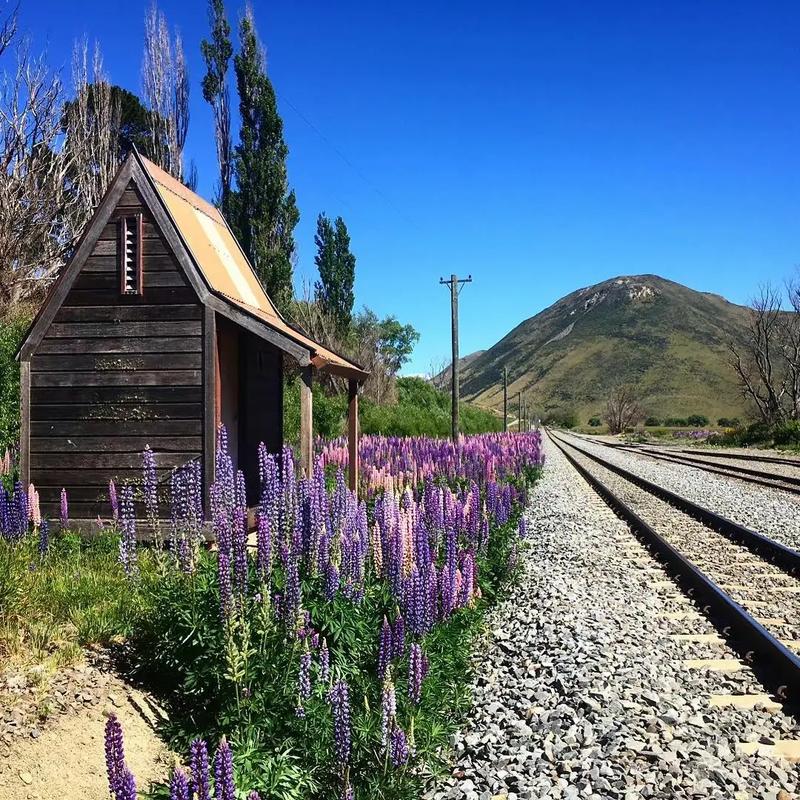Japan Travel
Kagoshima’s Sengan-en Garden: Historical Landscape Attraction
Kagoshima, a city cradled by the deep blue waters of Kinko Bay and dominated by the smoldering silhouette of Sakurajima volcano, possesses a unique character among Japanese urban centers. It is a place where nature’s raw power and human history are inextricably intertwined. Nowhere is this symbiosis more profoundly expressed than at Sengan-en, a traditional Japanese garden and estate that is far more than a mere scenic retreat. It is a living chronicle of the Shimadzu clan, a powerful family that shaped the destiny of southern Japan for over seven centuries, and a testament to a region’s pivotal role in the nation’s dramatic transformation from a feudal society to a modern industrial power.
Completed in 1658 by the 19th lord of the Shimadzu family, Mitsuhisa, Sengan-en was conceived not just as a private residence but as a profound statement of power, prestige, and aesthetic sensibility. The garden’s design is a masterpiece of shakkei, or “borrowed scenery,” a fundamental principle in Japanese gardening. Rather than constructing a self-contained world, the designers ingeniously incorporated the active volcano Sakurajima and the expanse of Kinko Bay into the garden’s very fabric. From nearly every vantage point, the meticulously curated foreground of manicured trees, stone lanterns, and koi-filled ponds seamlessly blends with this majestic, untamable backdrop. This was a deliberate metaphor for the Shimadzu clan itself: cultured and refined, yet forever connected to the potent, volcanic energy of their land.
A stroll through Sengan-en is a journey through a diverse landscape crafted for both contemplation and entertainment. Winding paths lead visitors through groves of ancient bamboo, past shrines dedicated to the clan’s ancestors, and alongside streams that cascade down small waterfalls. The garden is celebrated for its seasonal spectacles: the vibrant azaleas and rhododendrons that bloom in spring, the cool, shaded greenery offering respite in summer, and the fiery hues of maple trees in autumn. At the heart of the garden stands the Gozen-kyaku-no-ma, a former guest reception hall that exemplifies elegant sukiya-zukuri architecture. With its tatami-matted rooms opening fully onto the veranda, the boundary between the interior and the garden dissolves, allowing the occupants to sit and meditate upon the magnificent view, a privilege once reserved for the most esteemed guests of the Shimadzu lords.

However, to view Sengan-en solely as a classical garden would be to miss half of its story. The estate is intrinsically linked to the Shuseikan, an ambitious industrial project that marks the birth of modern manufacturing in Japan. In the mid-19th century, as Western powers began to pressure Japan to end its centuries of isolation, the 28th lord, Shimadzu Nariakira, recognized that the nation’s sovereignty depended on its technological advancement. A visionary ahead of his time, he looked out from his garden towards Sakurajima and envisioned not just a landscape, but a workshop.
He established the Shuseikan complex just next to the garden, constructing Japan’s first reverberatory furnace for smelting iron and casting cannons. He experimented with photography, glassmaking, shipbuilding, and textiles. The stone ruins of the furnace and other factory buildings still stand on the grounds today, a stark and powerful contrast to the garden’s serene beauty. This juxtaposition is Sengan-en’s defining narrative: the harmonious coexistence of cultural tradition and relentless innovation. Nariakira used the wealth and resources of his domain not for mere preservation but for progress, ensuring his clan and his country could meet the challenges of a new era. Tragically, he died young, but his vision was carried on by his successors, and the spirit of Shuseikan eventually evolved into the giant conglomerate that is now known as the Shimadzu Corporation.
The historical journey continues within the main residence itself. The sprawling house, connected to the garden by long wooden corridors, served as the official residence of the Shimadzu family until the 20th century. Unlike many historical Japanese buildings, it is not a replica but the original structure, filled with the actual possessions of the family. Walking through its rooms offers an intimate glimpse into the lives of the daimyo who ruled here. Portraits, suits of armor, ceramics, and personal effects tell a story of wealth, power, and changing times. Particularly fascinating are the artifacts that reveal the early cultural exchange between Kagoshima and the West, a result of Nariakira’s policies.
Furthermore, Sengan-en offers a unique culinary experience that deepens the connection to its history. The Shiroyama Hotel Sengetsu restaurant, located within the grounds, allows diners to enjoy Kagoshima’s famed Kurobuta (Berkshire pork) dishes and local Satsuma-age (fried fish cakes) while enjoying the same world-class view that inspired the lords of Shimadzu. For a more hands-on experience, visitors can try making their own traditional pottery at a workshop within the garden, continuing the legacy of Satsuma-yaki porcelain, another famous product of the region promoted by the clan.
In conclusion, Sengan-en is a multi-layered cultural asset of exceptional significance. It is not a static museum piece but a dynamic landscape that tells a continuous story. It is a classical Japanese garden that achieves perfection by embracing a wild, volcanic force. It is a noble residence that whispers tales of feudal lords and their guests. Most importantly, it is the birthplace of Japanese industrialization, where a visionary leader looked from his tranquil veranda and dared to forge a new future. In every moss-covered stone, every carefully pruned pine, and every weathered brick of the old furnace, Sengan-en embodies the enduring spirit of Kagoshima—a perfect, powerful synthesis of natural beauty, historical depth, and pioneering innovation. It stands as an unforgettable monument to how one family’s vision, rooted deeply in the past, profoundly shaped the course of a nation’s future.
相关文章
- Yamagata’s Zao Onsen: Snow Monster Hot Spring Attraction
- Japan’s Maid Cafés: Akihabara Subculture Attractions
- Okayama’s Okayama Korakuen: Historic Garden Attraction
- Japan’s Horse Racing Tracks: Equestrian Sports Attractions
- Tokyo’s Odaiba Gundam: Anime Icon Attraction
- Japan’s Doll Festivals: Hinamatsuri Attractions
- Kagoshima’s Ibusuki Onsen: Sand Bath Hot Spring Attraction
- Japan’s Table Tennis Clubs: Recreational Attractions
- Kyoto’s Nishiki Market: 400-Year-Old Food Attraction
- Japan’s Camellia Festivals: Winter Flower Attractions
发表评论
评论列表
- 这篇文章还没有收到评论,赶紧来抢沙发吧~


